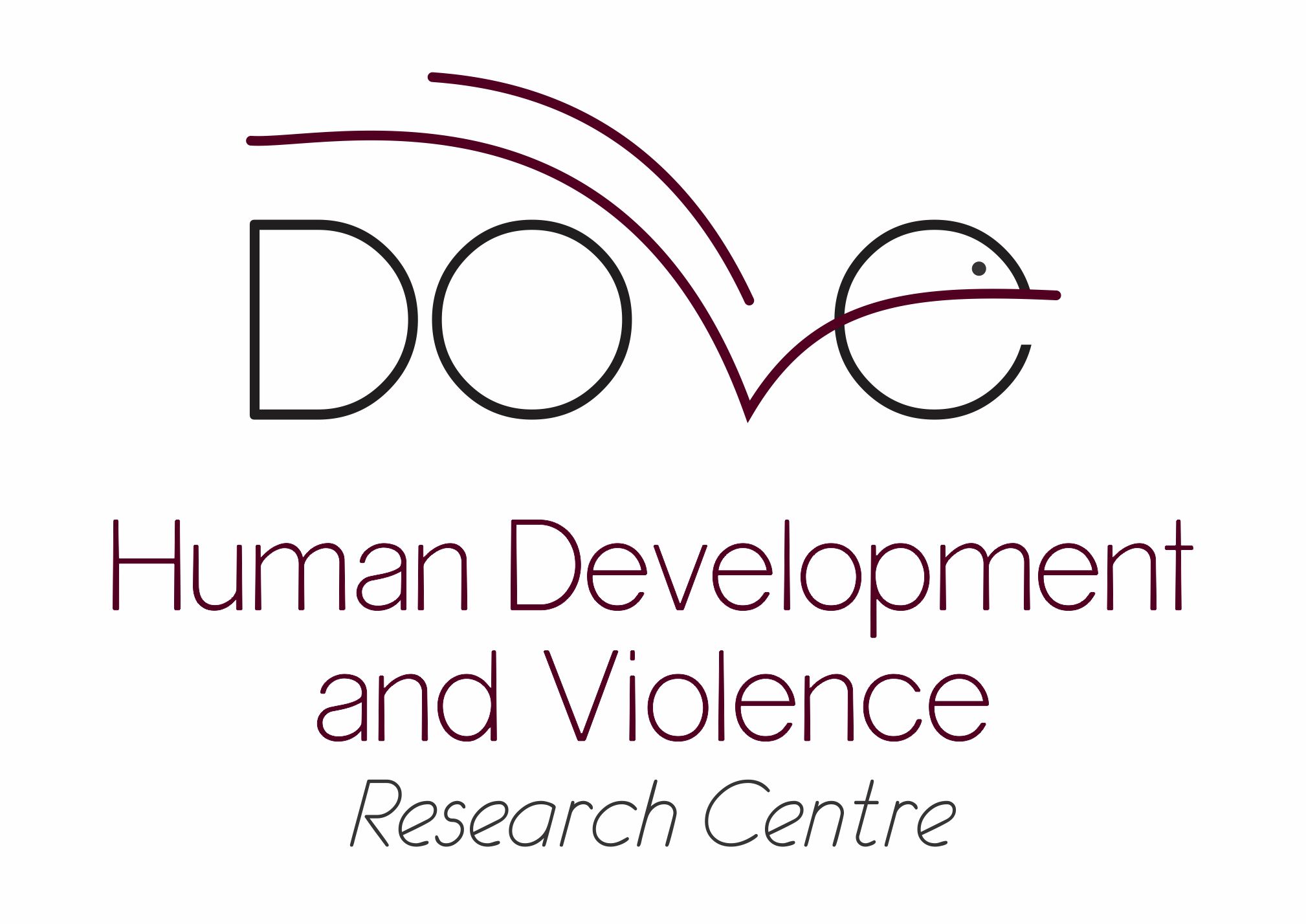Cross-national comparisons

Nearly all large longitudinal studies on violence have been conducted in “WEIRD” societies – Western Educated Industrialised Rich Democracies.¹ However, the highest rates of serious violence are found in Latin America, the Caribbean and southern Africa.
We investigate whether determinants of behaviour problems and violence are similar across different societies around the globe, using matched cohort studies, cross-national surveys, and global systematic reviews. The 1993 Pelotas Birth Cohort Study in Brazil and the ALSPAC study in Britain are particularly well matched to make cross-national comparisons across two very different social contexts. They have similar study designs (prospective cohort study), birth years of participants (early 1990s), and many similar measures of possible predictors and outcomes of antisocial behaviour. Between these cohorts, there are much higher rates of violence in Pelotas, which we have examined in relation to health and socioeconomic influences at birth,² child behaviour,³ and biological factors such as heart rate.⁴,⁵
We compared rates of physical aggression across 63 low-and middle-income countries, and found that although males were generally more likely to engage in fights than females, there was considerable variability in this sex difference.⁶ If such a robust correlate of aggression (male sex) varies substantially across social contexts, how well do other risk factors replicate across the globe? We investigated this in a major systematic review project, in seven languages, aiming to identify all evidence on risk factors for child conduct problems and youth violence in low- and middle-income countries.⁷ In 39 longitudinal studies,⁸ and many more cross-sectional studies⁹ we found mostly similar risk factor associations for conduct problems and violence as previously found in high-income countries.
Collaborators: Yulia Shenderovich (University of Oxford), Manuel Eisner (University of Cambridge), Amy Nivette (Utrecht University), Gemma Hammerton (Bristol University), Olga de Ribeira (Republic University)
Funding: Wellcome Trust
References:
1. Henrich J, Heine S J, Norenzayan A. The weirdest people in the world? Behavioral and Brain Sciences 2010; 33(2-3): 61-83.
2. Murray J, Maughan B, Menezes AMB, Hickman M, MacLeod J, Matijasevich A, Gonçalves H, Anselmi L, Gallo EAG, Barros FC. Perinatal and sociodemographic factors at birth predicting conduct problems and violence to age 18 years: comparison of Brazilian and British birth cohorts. Journal of Child Psychology and Psychiatry 2015; 56(8): 835-932. PDF
3. Murray J, Menezes A M B, Hickman M, Maughan B, Gallo E, Matijasevich A, Victora C. Childhood behaviour problems predict crime and violence in late adolescence: Brazilian and British birth cohort studies. Social Psychiatry and Psychiatric Epidemiology 2015; 50(4): 579-589. PDF
4. Murray J, Hallal PC, Mielke GI, Raine A, Wehrmeister FC, Anselmi L, Barros FC. Low resting heart rate is associated with violence in late adolescence: prospective birth cohort study in Brazil. International Journal of Epidemiology 2016; 45(2): 491-500. PDF
5. Hammerton G, Heron J, Mahedy L, Maughan B, Hickman M, Murray J. Low resting heart rate, sensation seeking and the course of antisocial behaviour across adolescence and young adulthood. Psychological Medicine 2018;48(13): 2194-2201. PDF
6. Nivette A, Sutherland A, Eisner M, Murray J. Sex differences in adolescent physical aggression: Evidence from sixty-three low-and middle-income countries. Aggressive Behavior 2019; 45(1): 82-92. PDF
7. Shenderovich Y, Eisner M, Mikton C, Gardner F, Liu J, Murray J. Methods for conducting systematic reviews of risk factors in low- and middle-income countries. BMC Medical Research Methodology 2016; 16:32(1): 1-8. PDF
8. Murray J, Shenderovich Y, Gardner F, Mikton C, Derzon J H, Liu J, Eisner M. Risk Factors for Antisocial Behavior in Low- and Middle-Income Countries: A Systematic Review of Longitudinal Studies. In: M Tonry, eds. Crime and Justice: A Review of Research . Chicago, IL: University of Chicago Press; 2018; 47: 255-364. PDF
9. de Ribera O S, Trajtenberg N, Shenderovich Y, Murray J. Correlates of youth violence in low- and middle-income countries: A meta-analysis. Aggression and Violent Behavior 2019; 49:101-306. PDF


